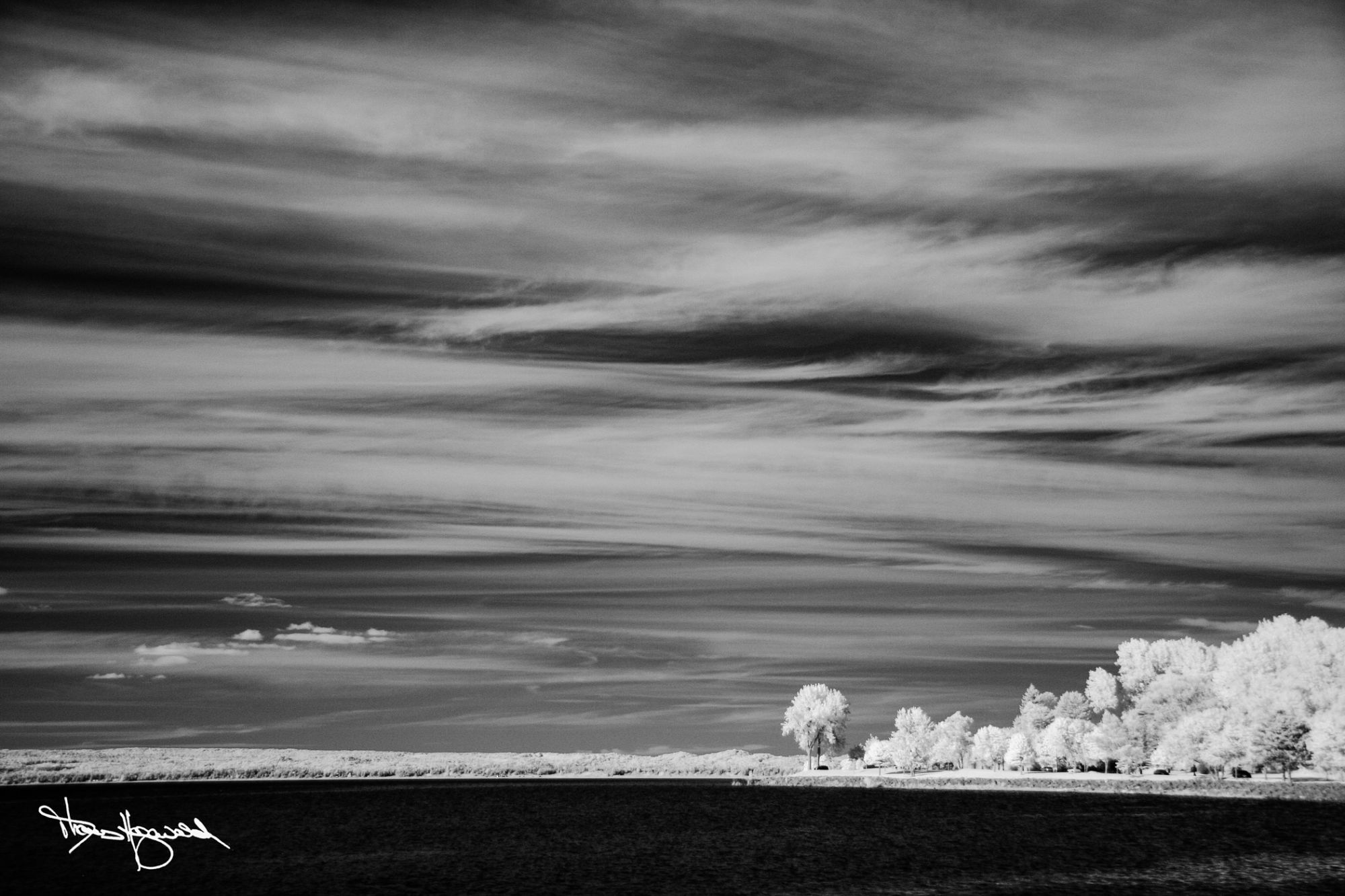
Thomas Hegewald’s images tell stories
PRESERVED! Artist Interview Series
During a tour of a Scotland nature preserve in 2018, photographer Thomas Hegewald witnessed first hand the healing effect restoration projects can have on a landscape.
The land he was touring had been used for commercial forestry and planted with nonnative trees.
“You could see the influence and the contrast between what the nonnative trees did to the landscape and what the native species did to restore it,” Hegewald said.
Hegewald discovered he could buy souvenir a plot of land through Highland Titles to support conservation activities in the Scottish Highlands. He purchased one, and while he was there planted two hazel trees, which are native to Scotland and support the declining Scottish red squirrel.
 When Hegewald returned to Grand Rapids, he serendipitously learned about The Highlands—an aptly named partnership project between the Land Conservancy of West Michigan and Blandford Nature Center to restore a former golf course to a more natural state. Surprised by the coincidence, he sponsored a square foot to donate to the project.
When Hegewald returned to Grand Rapids, he serendipitously learned about The Highlands—an aptly named partnership project between the Land Conservancy of West Michigan and Blandford Nature Center to restore a former golf course to a more natural state. Surprised by the coincidence, he sponsored a square foot to donate to the project.
“This is in my town, and I felt like I needed to support it as well—not only financially, but in terms of photography and bringing awareness to people who didn’t know about The Highlands or the Land Conservancy at all,” Hegewald said. “Not only is it a similar situation but it’s also local—I can visit any time and witness the change over time.”
Hegewald has long been intrigued by man’s impact on nature and has explored it as a theme in his photography, capturing scenes where he saw development and nature at odds. He is drawn to scenes that beg questions and tell stories.

“The Highlands” by Thomas Hegewald, taken at The Highlands in Grand Rapids, Michigan.
“When you see a dead tree in a barren landscape, that says something more than just a dead tree surrounded by live trees. The mood is more oppressive,” Hegewald said.
Inspired by the fairy tales, folklore and sci-fi stories he grew up reading, Hegewald uses black-and-white infrared photography to make ethereal images of natural subjects. His digital camera captures infrared light instead of visible light, which has the effect of depicting a landscape’s heat signature. Hegewald favors this technique for the enhanced contrast and otherworldly feel it lends to his images.
“Once I shot it, I was hooked,” Hegewald said. “Black and white is a little bit more arresting, because you’re looking at patterns, light and shadow and textures. You can enhance the subject matter with black and white, and infrared on top of that just enhances it even more.”

“Circle of Trees” by Thomas Hegewald, taken at Saul Lake Bog Nature Preserve.
Lately, Hegewald is interested in using his photography to tell the story of conservation and restoration as a participant in Preserved!. He recently visited Wege Foundation Natural Area and was intrigued by the Land Conservancy’s forestry project there. Making his way through the felled trees and bulldozed earth, his interest was piqued.
“I thought, ‘There’s a story here,’ and I was curious enough about it to read more about it and want to be a part of it, so to speak, as well.”
You can see Hegewald’s images this fall at the Preserved! gallery receptions and exhibits. Learn more here.





